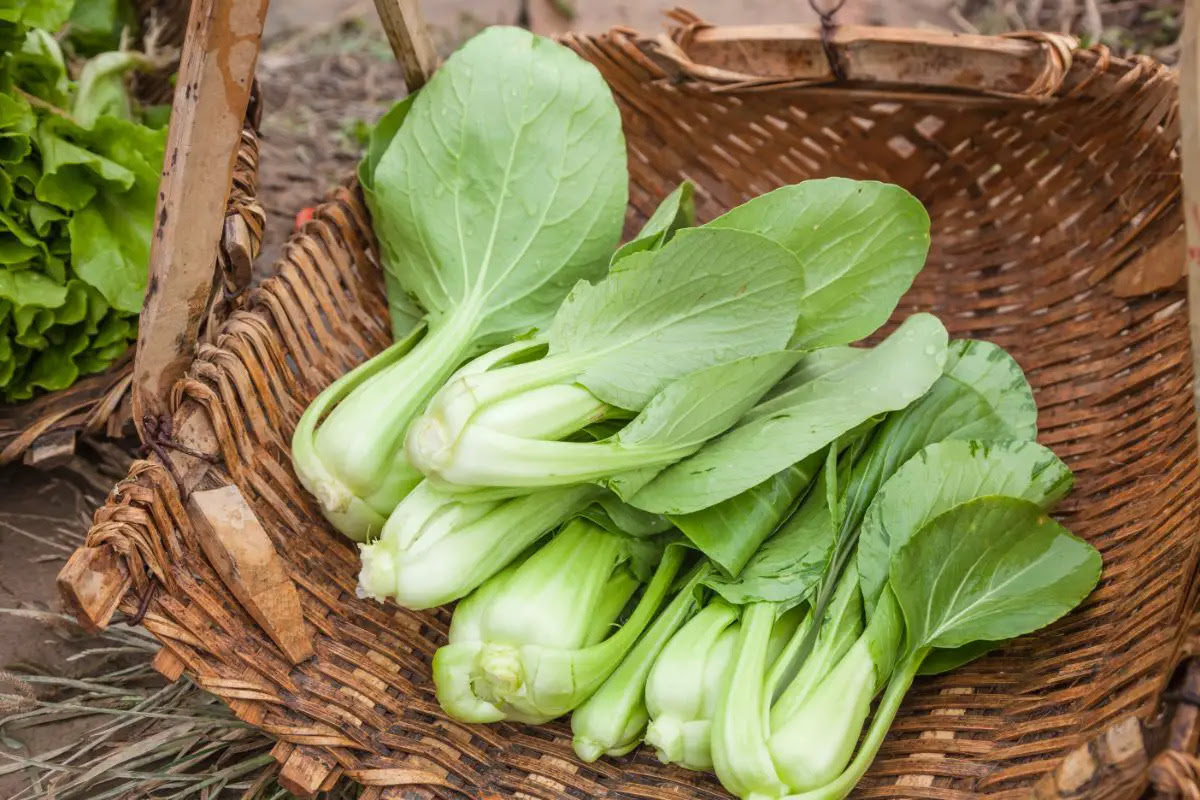

Articles
How To Store Bok Choy In The Fridge
Modified: February 28, 2024
Learn how to store bok choy in the fridge with these helpful articles. Keep your bok choy fresh and crisp for longer with our expert tips.
(Many of the links in this article redirect to a specific reviewed product. Your purchase of these products through affiliate links helps to generate commission for Storables.com, at no extra cost. Learn more)
Introduction
Welcome to the world of bok choy! This versatile leafy green vegetable, also known as Chinese cabbage, is not only delicious but also packed with nutrients. Whether you’re a fan of stir-fries, soups, or salads, bok choy is a fantastic addition to any dish. However, to fully enjoy its crisp texture and vibrant flavor, proper storage is key.
In this article, we will explore the importance of storing bok choy correctly and share some tips on how to do it effectively. By following these guidelines, you can ensure that your bok choy stays fresh and crisp for longer, allowing you to savor its flavors and reap its nutritional benefits.
So let’s dive in and discover the secrets to storing bok choy in the fridge!
Key Takeaways:
- Properly storing bok choy is crucial for preserving its freshness, flavor, and nutrients. Follow the steps to select, prepare, wrap, and store bok choy in the fridge to enjoy its crispness for longer.
- Extend the shelf life of bok choy by implementing additional tips such as not washing before storing, using airtight containers, refreshing with water, freezing for long-term storage, and cutting and using as needed. Enjoy the versatility of bok choy in various delicious dishes!
Read more: How To Store Bok Choy
Importance of Properly Storing Bok Choy
Proper storage is essential for maintaining the quality and freshness of bok choy. By taking the necessary steps to store it correctly, you can extend its shelf life and preserve its nutritional value. Here are a few reasons why properly storing bok choy is important:
- Preserves freshness: Bok choy is a delicate vegetable that can wilt and lose its crispness if not stored properly. By storing it in the right conditions, you can keep it fresh and crunchy for longer.
- Retains flavor: Bok choy has a unique flavor profile that can add a refreshing and slightly bitter taste to your dishes. Storing it properly helps preserve its flavor, ensuring that it remains vibrant and enjoyable to eat.
- Minimizes waste: When bok choy is not stored correctly, it can spoil quickly, leading to unnecessary waste. By properly storing it, you can reduce food waste and make the most out of this nutritious vegetable.
- Keeps nutrients intact: Bok choy is rich in vitamins A, C, and K, as well as calcium, iron, and fiber. Proper storage helps retain these essential nutrients, ensuring that you get the maximum health benefits from consuming bok choy.
Now that we understand the importance of proper storage let’s move on to the next section and learn how to select fresh bok choy.
Choosing Fresh Bok Choy
When it comes to storing bok choy, starting with fresh produce is crucial. Here are some tips to help you select the best-quality bok choy:
- Inspect the leaves: Look for bok choy leaves that are crisp, vibrant green, and free from wilting or yellowing. Avoid any bok choy with brown spots or signs of decay.
- Check the stems: The stems of fresh bok choy should be firm and have a crisp texture. Avoid bok choy with soft or mushy stems, as this may indicate that it is past its prime.
- Consider the size: Choose bok choy with smaller to medium-sized leaves and stems, as they tend to be more tender and flavorful. Larger bok choy may have tougher leaves and thicker stems.
- Smell for freshness: Give the bok choy a gentle sniff. It should have a fresh, mild scent. If it has a strong, unpleasant odor, it may be spoiled.
- Opt for organic: If possible, choose organic bok choy to minimize exposure to pesticides and ensure a more natural and healthier option.
By following these tips, you can ensure that you start with the best-quality bok choy, which will enhance the flavor and longevity of your stored produce. Now that you have selected fresh bok choy, let’s move on to the next step: preparing it for storage.
Preparing Bok Choy for Storage
Before you store bok choy in the fridge, it’s important to properly prepare it to ensure optimal freshness. Here’s how you can prepare bok choy for storage:
- Trim and separate: Start by removing any damaged or wilted leaves from the bok choy. Then, separate the stems from the leaves. You can use both parts in various recipes, so it’s best to keep them separate for storage.
- Rinse and dry: Rinse the bok choy thoroughly under cool water to remove any dirt or debris. Gently shake off excess water or pat it dry with a clean kitchen towel. Ensuring that the bok choy is completely dry can help prevent premature wilting or rotting.
- Cut into desired size: If desired, you can chop the bok choy into smaller pieces for easier use in recipes. However, it’s best to leave it whole if you plan to use it in stir-fries or sautés.
By following these simple steps, you can ensure that your bok choy is clean and ready to be stored. Now, let’s move on to the next section, where we will explore the best way to wrap bok choy for refrigeration!
Wrapping Bok Choy for Refrigeration
Properly wrapping bok choy before storing it in the refrigerator is essential to maintain its freshness and prevent it from drying out. Here’s a step-by-step guide on how to wrap bok choy for refrigeration:
- Use plastic wrap or resealable bags: Plastic wrap or resealable bags are great options for wrapping bok choy. They help to create a barrier and maintain the moisture levels, keeping the bok choy fresh.
- Wrap the stems separately: To prevent the stems from drying out, wrap them individually or separate them from the leaves using plastic wrap. This will help maintain their crispness and prevent spoilage.
- Wrap the leaves: Gently wrap the bok choy leaves in a layer of plastic wrap or place them in a resealable bag. This will protect the leaves from direct contact with the cold air in the refrigerator and help retain their moisture.
- Label and date: It’s always a good idea to label the wrapped bok choy with the date of storage. This will help you keep track of their freshness and ensure you use the oldest ones first.
- Store in the crisper drawer: Place the wrapped bok choy in the crisper drawer of your refrigerator. The crisper drawer helps to regulate humidity levels and maintain a cooler temperature, preserving the quality of the bok choy.
Remember, the key is to keep the bok choy wrapped to prevent moisture loss and maintain its freshness. By following these steps, you can ensure that your bok choy stays crisp and flavorful for a longer period. Now that you know how to wrap bok choy for refrigeration, let’s move on to the next section, where we will discuss proper storage in the fridge.
Store bok choy in the fridge by wrapping it in a damp paper towel and placing it in a plastic bag. This will help keep it fresh for up to a week.
Read more: How To Store Bok Choy In The Freezer
Storing Bok Choy in the Fridge
Now that you have prepared and wrapped your bok choy, it’s time to store it in the refrigerator. Follow these guidelines to ensure optimal storage:
- Choose the right spot: Place the wrapped bok choy in the crisper drawer of your refrigerator. This section is designed to maintain higher humidity levels, which is ideal for preserving the freshness of leafy vegetables like bok choy.
- Keep it away from ethylene-producing foods: Ethylene is a natural gas that some fruits and vegetables release as they ripen. It can speed up the decay process of bok choy. Therefore, it’s recommended to store bok choy away from ethylene-producing fruits like apples, bananas, and avocados.
- Store for up to one week: Bok choy can generally stay fresh for up to one week in the refrigerator when stored properly. However, it is best to consume it as soon as possible to enjoy its optimal flavor and texture.
- Check for signs of spoilage: Periodically check your stored bok choy for any signs of spoilage, such as mold, sliminess, or an unpleasant odor. If you notice any of these signs, discard the bok choy immediately.
By following these storage guidelines, you can ensure that your bok choy remains fresh and retains its nutritional value for a longer period. Now, let’s move on to the next section, where we will provide some tips for extending the shelf life of bok choy.
Tips for Extending Bok Choy Shelf Life
While proper storage is crucial for maintaining the freshness of bok choy, there are additional tips you can follow to extend its shelf life. Here are some tips to help you get the most out of your bok choy:
- Don’t wash before storing: It’s best to wash bok choy right before using it rather than before storage. Excess moisture can lead to premature wilting and spoilage.
- Store in airtight containers: Instead of plastic wrap or resealable bags, you can also store bok choy in airtight containers. This helps create a moisture-controlled environment, keeping the bok choy fresh for longer.
- Refresh with water: If your stored bok choy starts to appear slightly wilted, you can revive it by giving it a quick rinse under cold water. This can help restore its crispness before using it.
- Freeze for long-term storage: If you have a surplus of bok choy, you can blanch it briefly and freeze it for long-term storage. This way, you can enjoy the flavors of bok choy even when it’s out of season.
- Cut and use as needed: Instead of storing whole heads of bok choy, you can cut and use smaller portions as needed. This minimizes waste and ensures that you’re using the freshest parts of the vegetable.
By implementing these tips, you can significantly prolong the shelf life of your bok choy and reduce food waste. Now that you know how to extend the shelf life, let’s move on to the next section where we discuss how to use your stored bok choy.
Using Stored Bok Choy
Now that you have successfully stored your bok choy and extended its shelf life, it’s time to bring it out of the refrigerator and incorporate it into your meals. Here are some delicious ways to use your stored bok choy:
- Stir-fries: Bok choy is a staple ingredient in many Asian stir-fry dishes. Add it to your favorite stir-fry recipe along with other vegetables, protein, and sauces for a quick and nutritious meal.
- Soups and stews: Bok choy adds a delightful crunch and a mild, slightly sweet flavor to soups and stews. Chop it up and add it to your favorite broth-based or hearty stew recipes for an extra boost of nutrients.
- Salads: Bok choy leaves can be used as a base for refreshing salads. Combine them with other greens, fruits, nuts, and dressing for a light and nutritious salad option.
- Side dish: Sautéed bok choy makes for a fantastic side dish. Heat some oil in a pan, add minced garlic and ginger, followed by bok choy. Sauté until the leaves are wilted and tender. Season with salt, pepper, and a dash of soy sauce for a flavorful side dish.
- Noodle dishes: Bok choy pairs well with noodles in various Asian-inspired dishes. Stir-fry bok choy, noodles, and your choice of protein in a savory sauce for a satisfying and wholesome meal.
Remember to wash the stored bok choy thoroughly before using it in your recipes. Remove any wilted leaves or stems that may have deteriorated during storage. With these ideas in mind, get creative in the kitchen and explore the many ways you can enjoy the versatility of bok choy.
As we conclude this article, we hope that you now feel confident in storing bok choy correctly and making the most of its freshness. By following the tips provided, you can ensure that your bok choy remains crisp, flavorful, and ready to be enjoyed in a variety of delicious dishes. So, go ahead and start incorporating bok choy into your meals with confidence!
Conclusion
Bok choy is a nutritious and versatile vegetable that can add vibrant flavors and textures to your meals. By properly storing bok choy, you can ensure that it stays fresh, crisp, and delicious for longer periods. It all starts with selecting fresh bok choy, inspecting the leaves, and checking the stems for firmness.
Preparing bok choy for storage involves trimming, rinsing, and drying the leaves and stems. Wrapping bok choy individually using plastic wrap or resealable bags helps to maintain its moisture and prevent it from drying out in the refrigerator. Storing bok choy in the crisper drawer away from ethylene-producing fruits and vegetables is ideal for prolonging its shelf life.
To extend the shelf life further, consider store bok choy in airtight containers or refreshing it with water when it starts to wilt. Freezing bok choy is also an option for long-term storage.
When it comes to using your stored bok choy, the possibilities are endless. From stir-fries and soups to salads and side dishes, bok choy adds a unique crunch and subtle sweetness to your favorite recipes.
Now armed with the knowledge of proper storage and various cooking options, you can fully enjoy the benefits of bok choy, including its nutritional value and culinary versatility. So, next time you bring home this leafy green vegetable, follow the guidelines shared in this article to ensure its freshness and elevate your meals with the delightful taste of properly stored bok choy!
Frequently Asked Questions about How To Store Bok Choy In The Fridge
Was this page helpful?
At Storables.com, we guarantee accurate and reliable information. Our content, validated by Expert Board Contributors, is crafted following stringent Editorial Policies. We're committed to providing you with well-researched, expert-backed insights for all your informational needs.
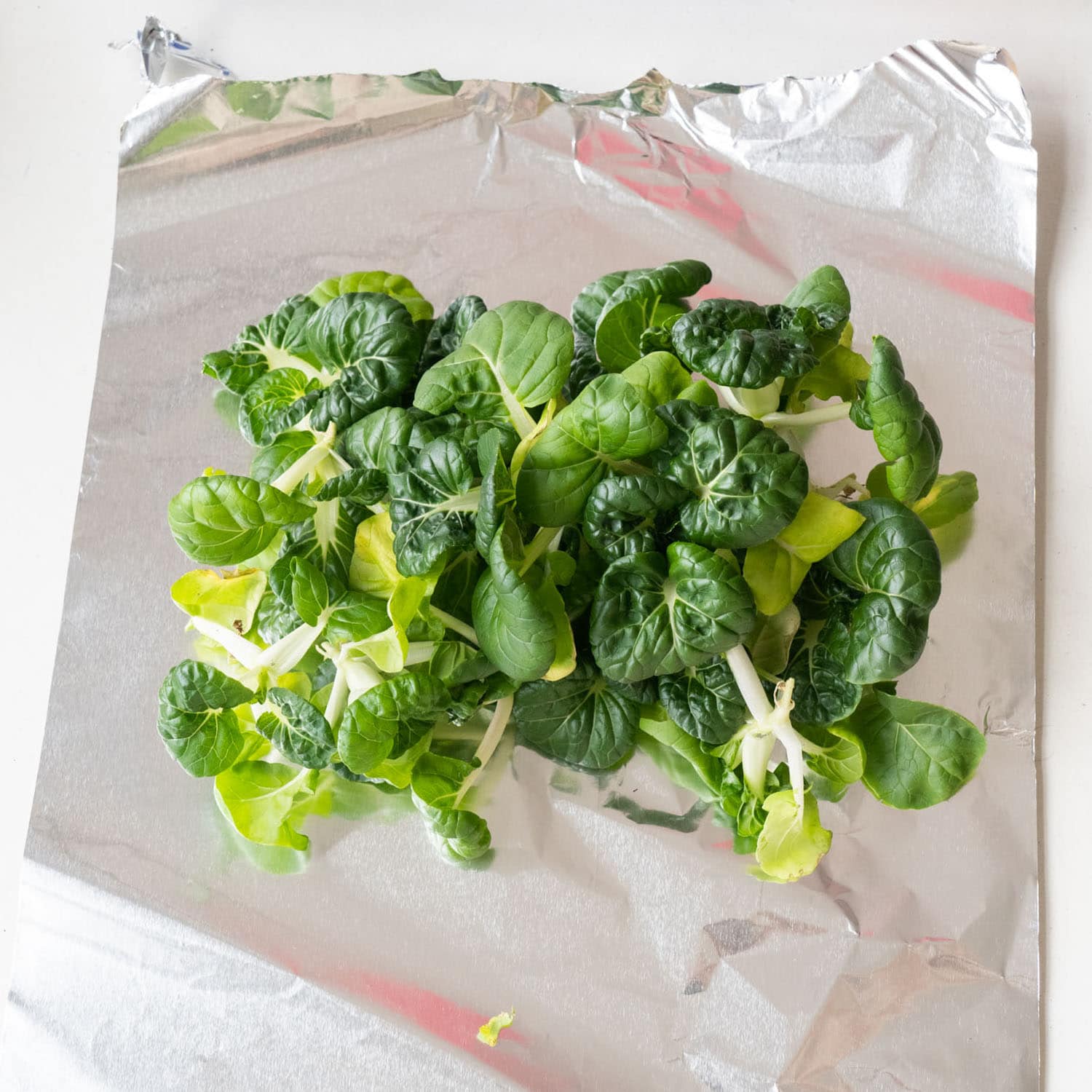
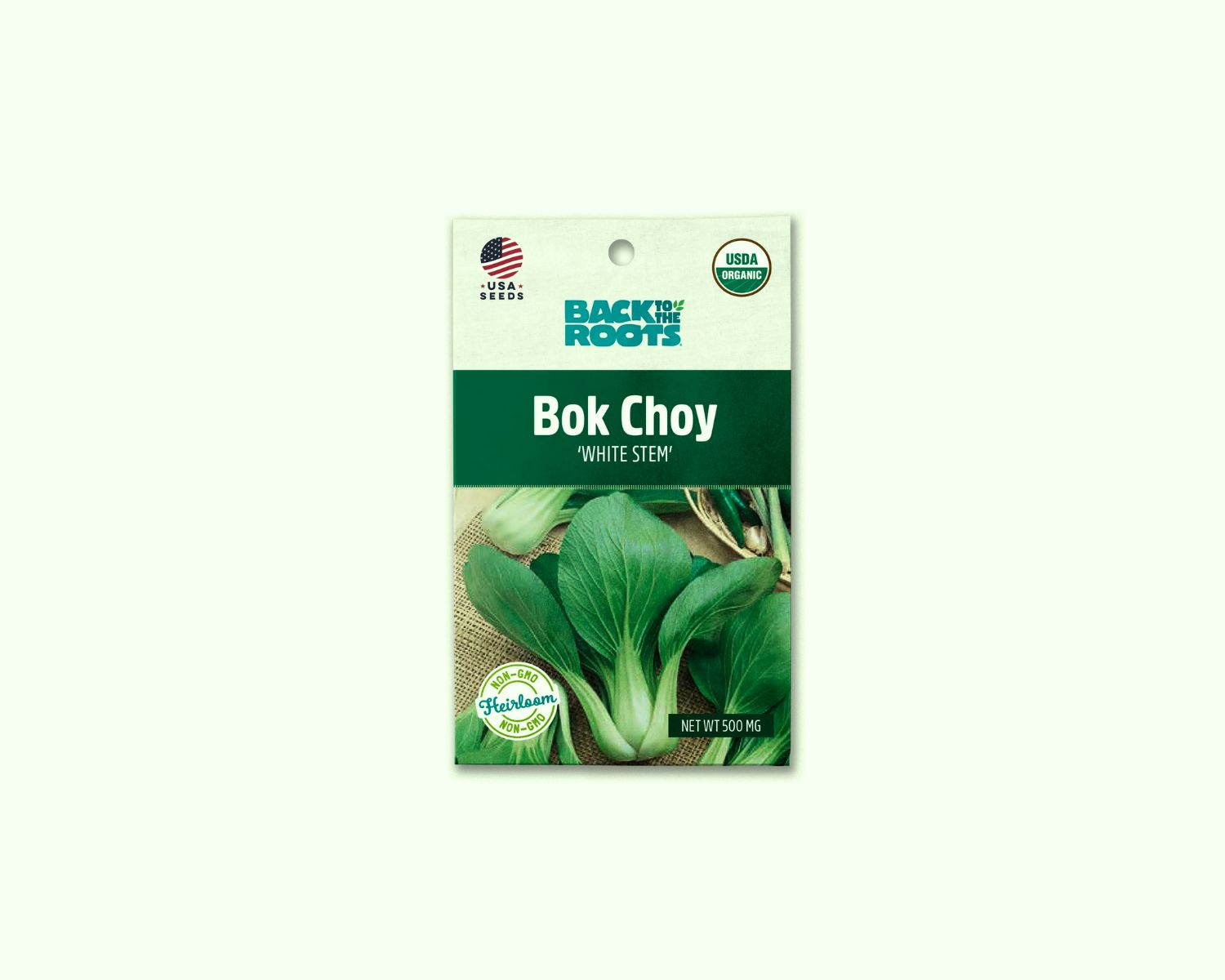
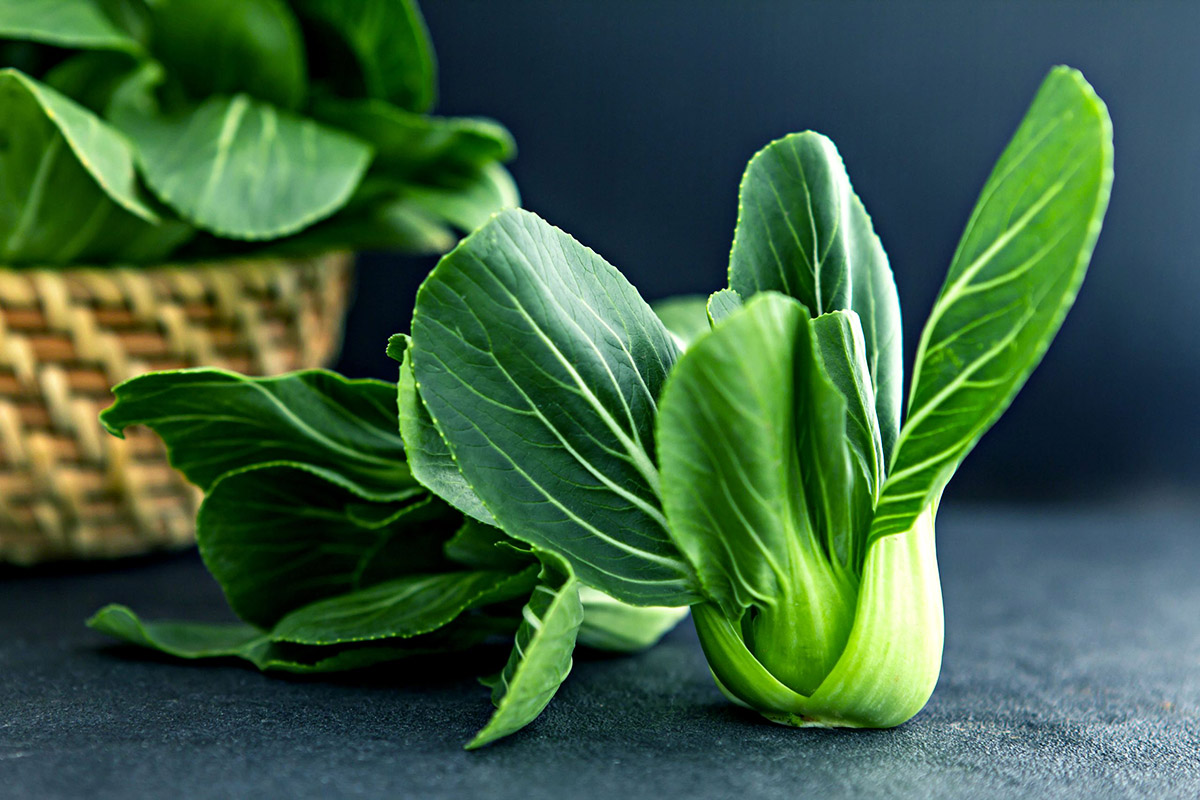

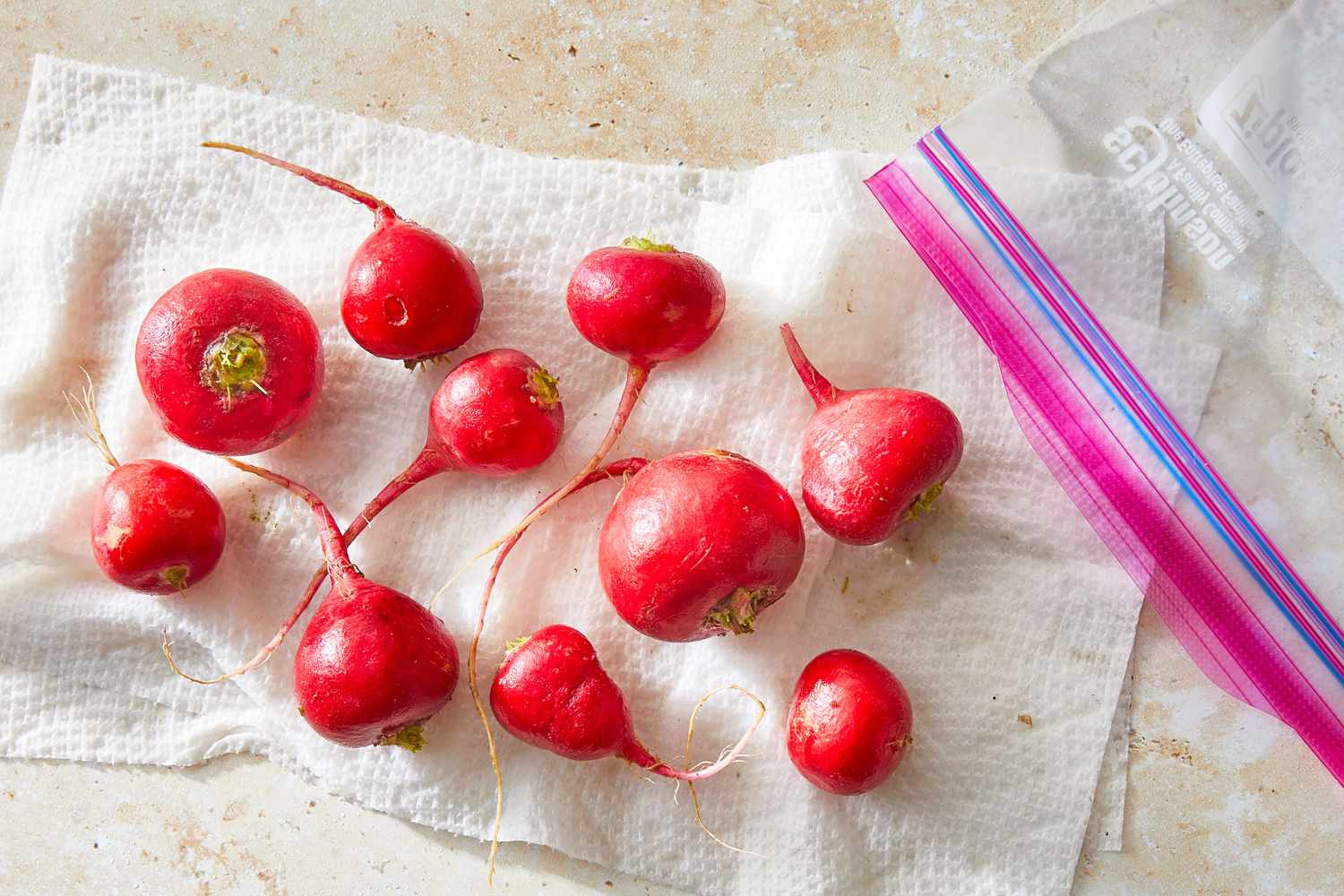
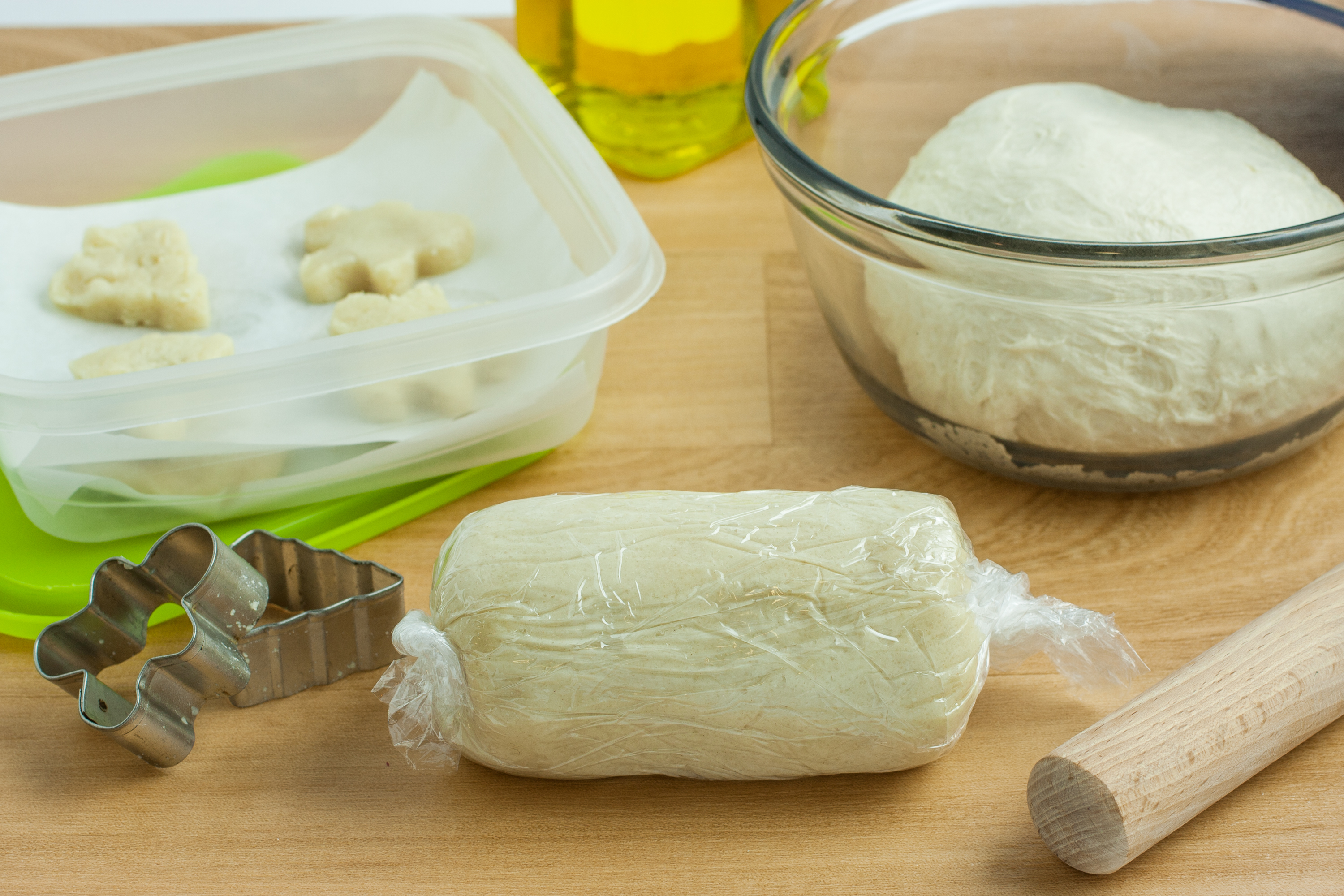

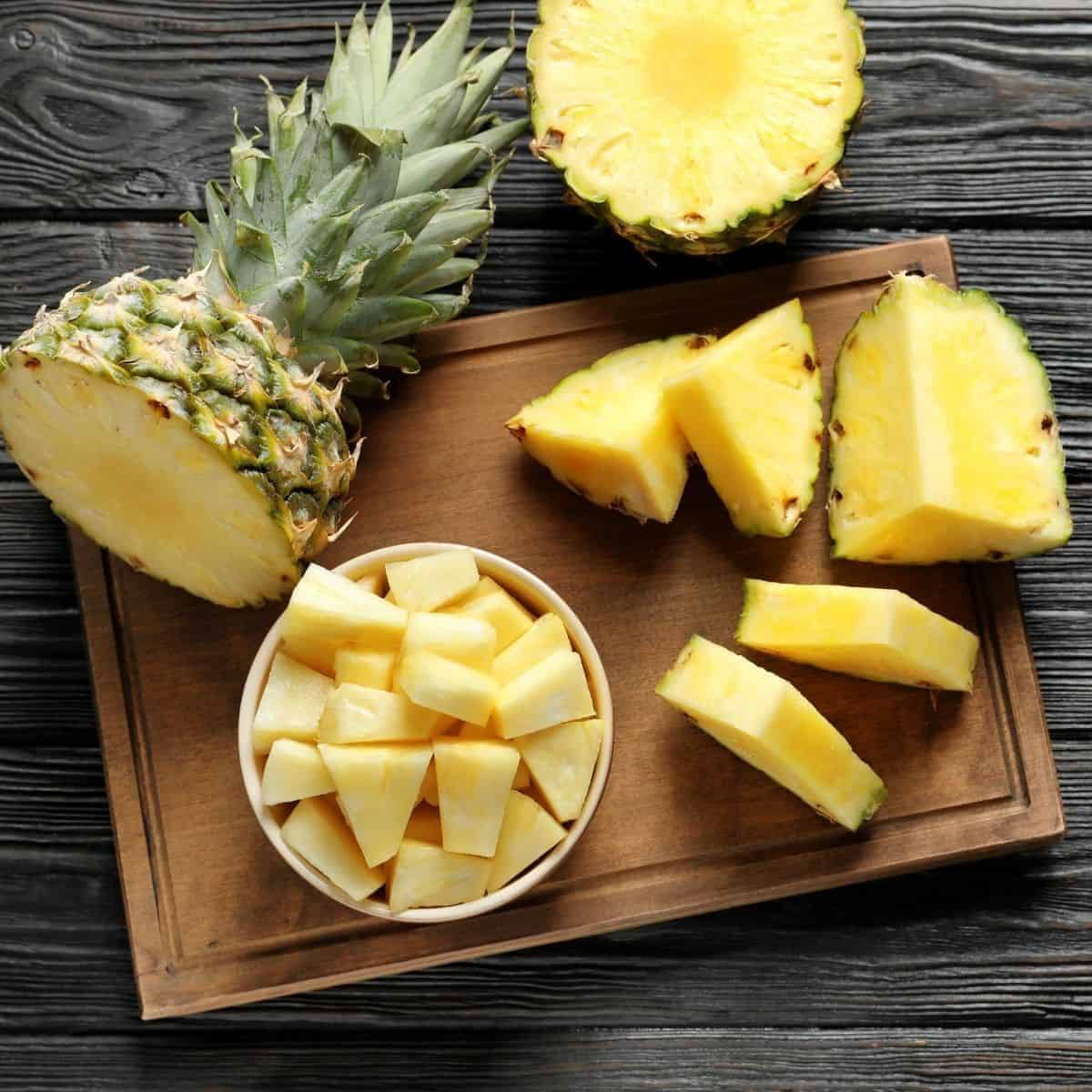


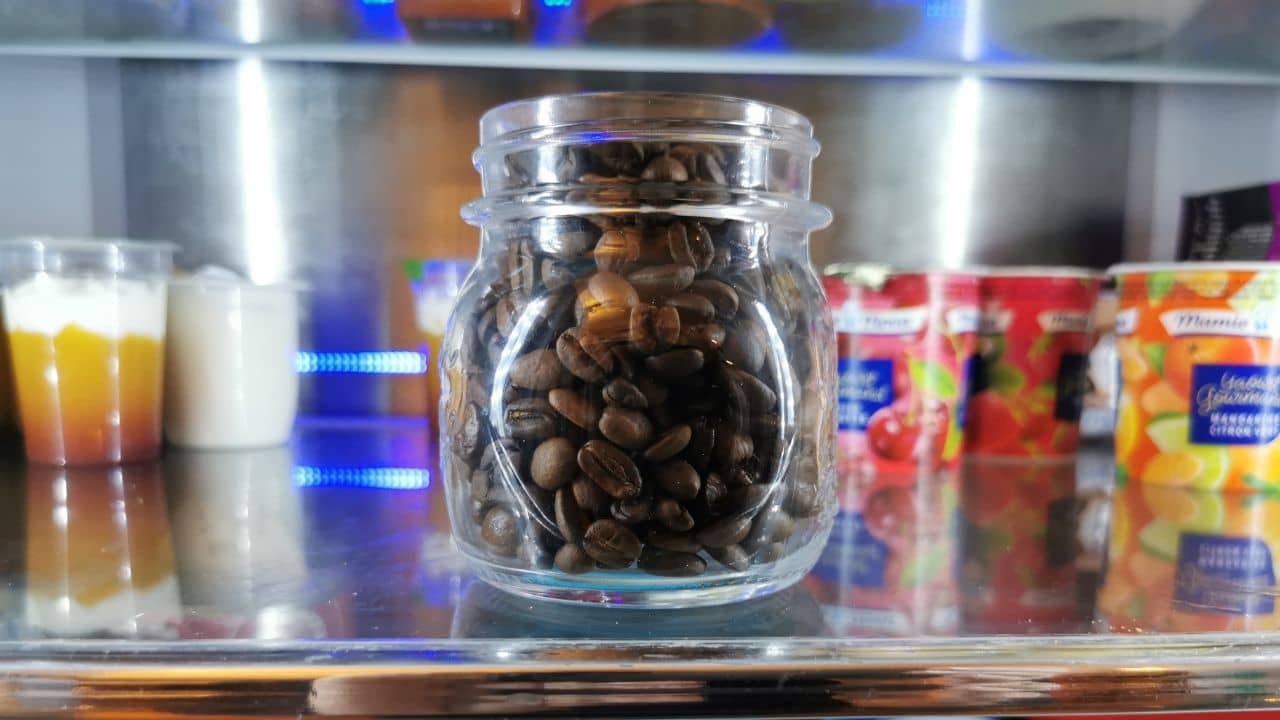
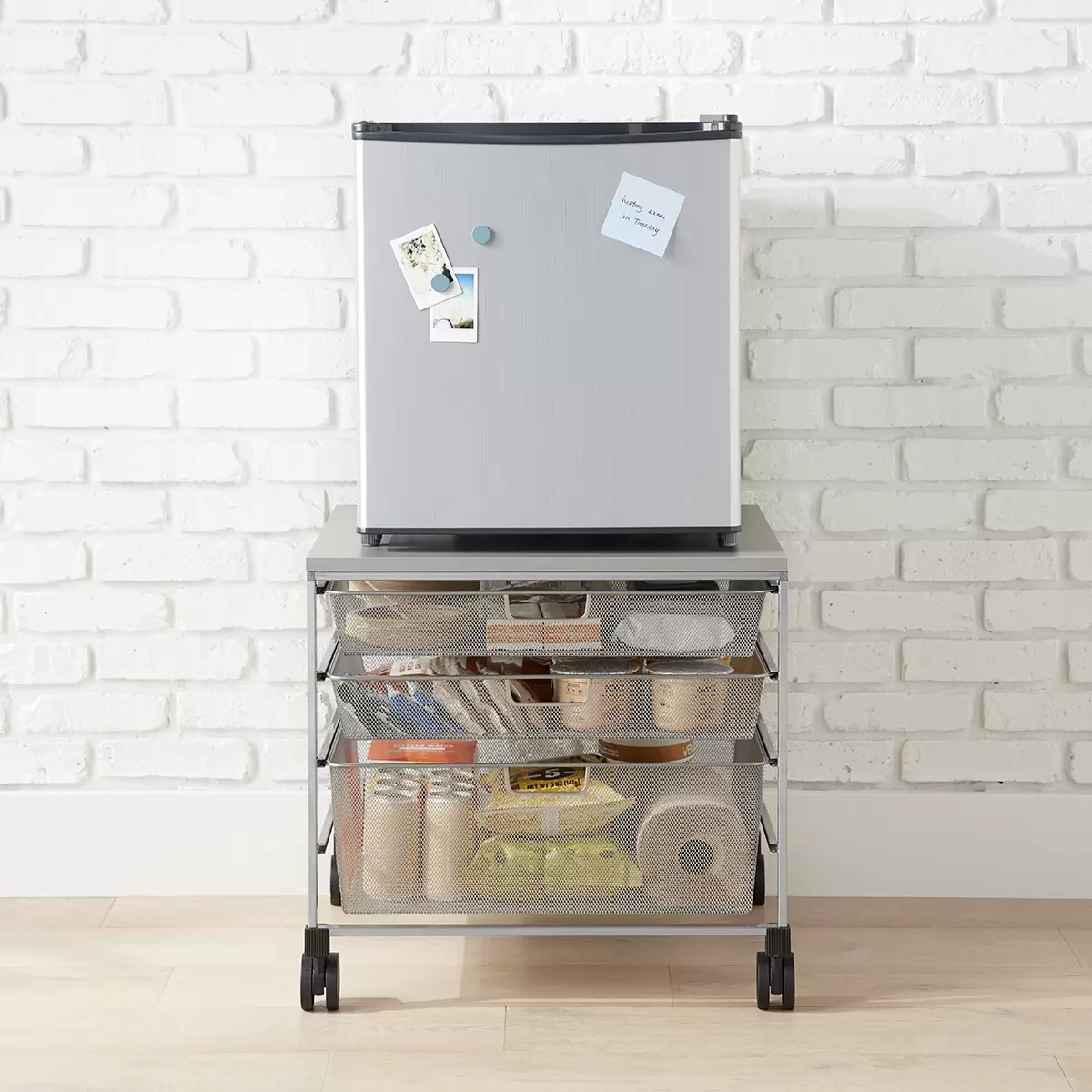
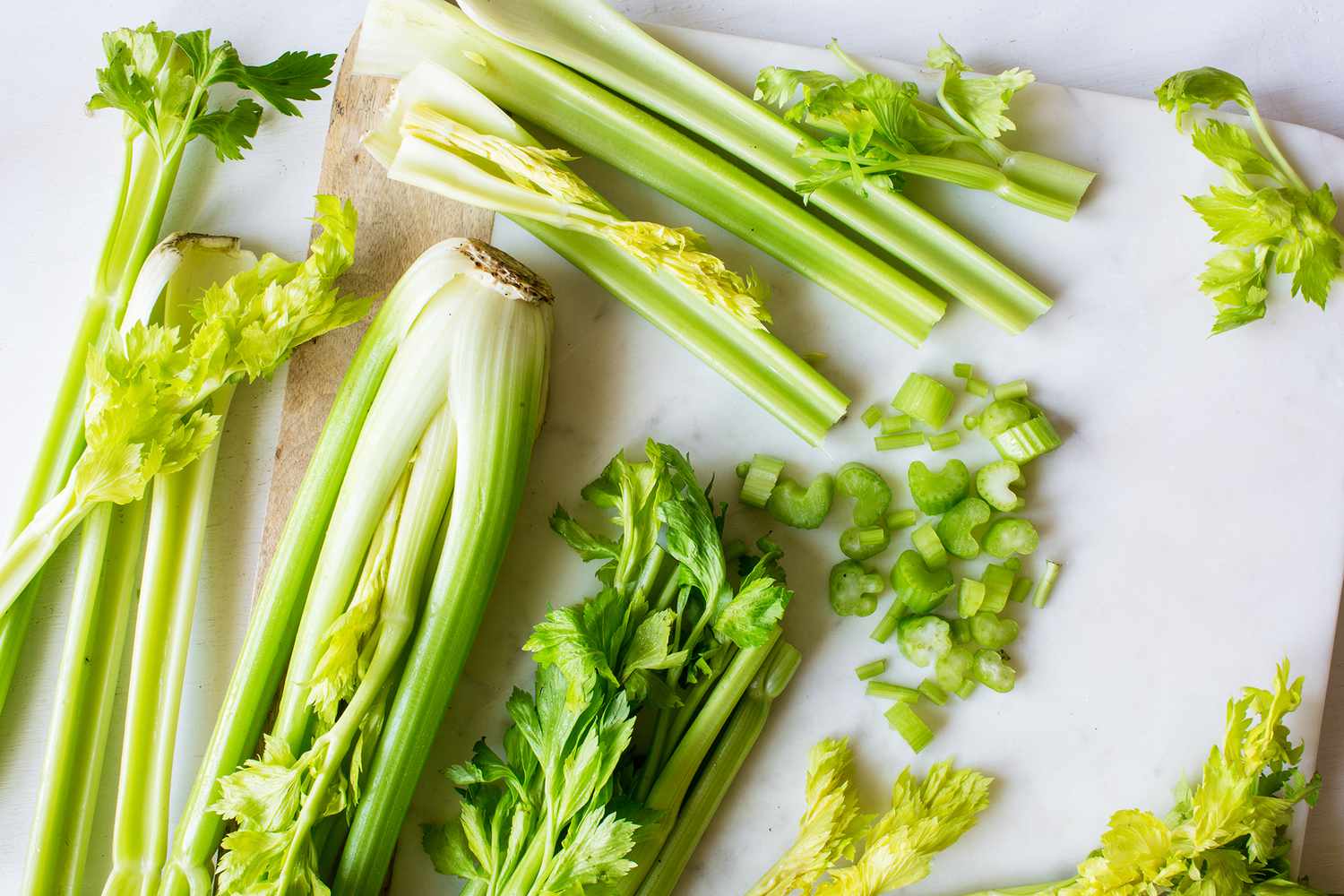


0 thoughts on “How To Store Bok Choy In The Fridge”